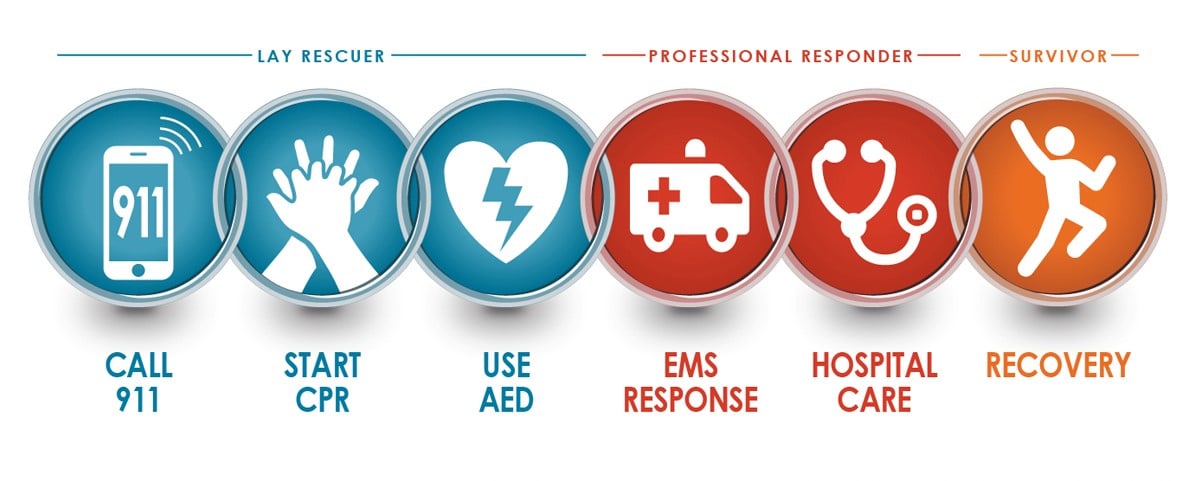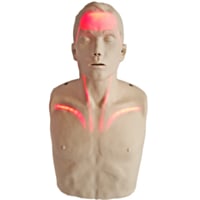How to improve CPR performance?

CPR stands for cardiopulmonary resuscitation and is used to save a person's life when their heart stops beating or breathing ceases. It is a combination of chest compressions and artificial ventilation (breathing). When performed correctly and starting right away, CPR can increase a person's chances of survival after cardiac arrest.
CPR is therefore crucial within the chain of survival. The chain of survival refers to a series of actions that, if performed correctly, reduce the mortality associated with sudden cardiac arrest.

Lighting the way to quality CPR
We know that the depth of chest compression should be between 5 and 6 cm, but studies have shown that this is sometimes difficult to achieve. Depending on the patient's chest, the pressure required can vary from 10 to 55 kg.
So, quality CPR is a challenge, and it's necessary to consider the following:
- Is the depth of compression adequate?
- Is the compression rate consistently between 100 and 120 per minute?
- Is there time wasted between compressions?
To answer the above, good CPR feedback is essential. Only then will you know if you can perform quality CPR.
Visualising the effects of correct CPR
With Brayden's technology, it is possible to work towards quality CPR. Brayden is one of the best-known brands for CPR manikins endorsed by opinion leaders, including physicians. The Brayden resuscitation manikin is unique because of the feedback through an audible clicker and LED lighting available in red or white. Visualising the effect of CPR:
- Builds confidence
- Promotes understanding
- Aids knowledge retention
Brayden lights and what they mean...
The manikin's indicating lights correspond to CPR performance providing instant feedback, thereby allowing for immediate correction and practice of correct CPR techniques.
“The light effects to show likely sufficient coronary and cerebral flows is novel and will be an effective stimulus for improving the quality of compressions.”
Prof. Douglas Chamberlain








